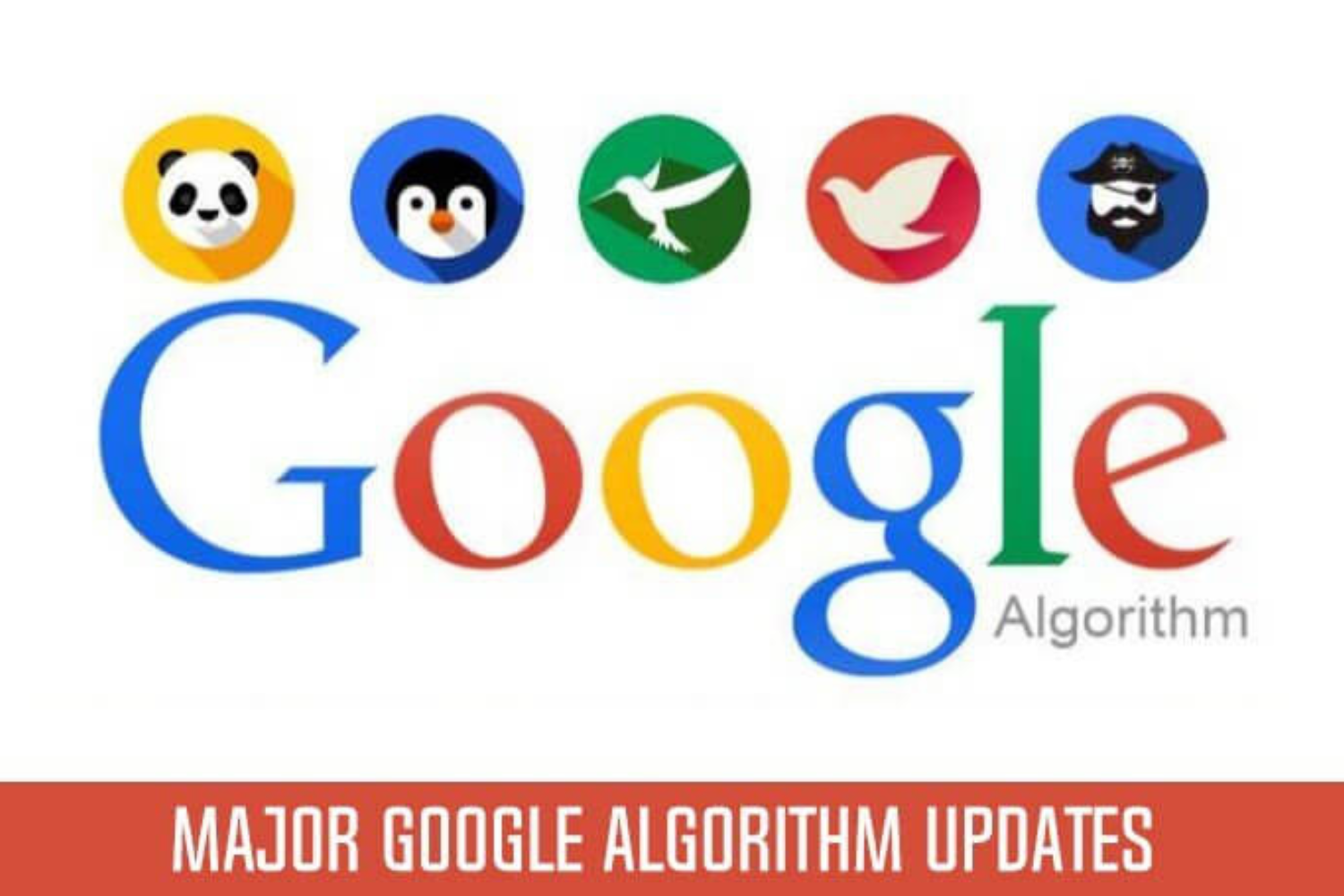09 December
Introduction to Motion Graphics: A Visual Storytelling Medium
published
September 23topics
#Video
Motion graphics, a dynamic and engaging visual storytelling medium, has emerged as a powerhouse across various industries. In this comprehensive exploration, we will delve into the basics of motion graphics, understanding its significance and impact on effective visual storytelling.
Understanding Motion Graphics
The Power of Visual Storytelling
Evolution of Motion Graphics
Analog Roots and Digital Transformation
Tools and Techniques
Mastering Adobe After Effects
Applications Across Industries
- Advertising Campaigns Motion graphics elevates advertising campaigns by adding a dynamic element that captures audience attention. Case studies of successful campaigns will be analyzed to understand the strategies behind their effectiveness.
- Film and Title Sequences The art and technique of designing compelling title sequences in films involve a unique blend of creativity and technical skill. This section will break down the elements that contribute to the success of memorable title sequences.
- User Interface (UI) Design Motion graphics enhances user experience in UI design, making digital interactions more intuitive and visually appealing. Real-world examples will illustrate the integration of motion graphics in UI.
- Virtual and Augmented Reality (VR/AR) The immersive experiences offered by VR and AR are further enriched with motion graphics. Explore how motion graphics shapes the future of digital experiences in these emerging technologies.
Designing for Impact
The Psychology of Motion Graphics
This section will delve into the psychological aspects of motion graphics, exploring how movement influences viewer perception. Understanding the emotional impact of motion is essential for crafting visuals that leave a lasting impression.
Future Trends
As we look ahead, it's crucial to anticipate the future trends in motion graphics. Advancements in technology, such as 3D motion design and increased interactivity, are set to shape the landscape of motion graphics.Emerging Trends in Motion Graphics
Predictions for future trends will be discussed, offering insights into the direction this dynamic field is headed. From increased integration with virtual and augmented reality to advancements in 3D motion design, the future of motion graphics holds exciting possibilities.
Accessibility and Inclusivity
Designing for Inclusivity
Accessibility goes beyond aesthetics—it's about creating content that can be understood and appreciated by diverse audiences. We'll delve into practical tips for designing motion graphics with considerations for color contrast, readability, and overall inclusivity.
Case Studies: Decoding Success
Examining real-world success stories is a valuable learning experience. In this section, we'll dissect noteworthy case studies of motion graphics campaigns. By understanding the strategies and creative decisions behind successful projects, designers can glean insights for their own work.Breaking Down Successful Campaigns
Case studies will span different industries, from entertainment to education. Each case study will highlight specific elements that contributed to the success of the motion graphics campaign, providing actionable takeaways for aspiring designers.
Crafting Motion Graphics for Social Media
Strategies for Social Media Success
From understanding platform-specific formats to leveraging trends, we'll explore strategies that make motion graphics resonate with social media audiences. Real-world examples will illustrate effective techniques employed by successful social media campaigns.
Music and Motion Graphics: A Synchronized Symphony
Creating Harmonious Multimedia Experiences From selecting the right soundtrack to timing animations with musical beats, we'll uncover the nuances of integrating music with motion graphics. This collaborative approach adds emotional depth and resonance to the visual narrative.
Motion Graphics for the Future: Embracing Innovation
As we stand at the intersection of technology and creativity, the future of motion graphics holds exciting possibilities. In this section, we'll examine emerging trends and innovations that are reshaping the landscape of motion design.Integration with Virtual and Augmented Reality (VR/AR)
The immersive experiences offered by VR and AR have opened up new avenues for motion graphics. We'll delve into how designers are leveraging these technologies to create interactive and captivating visual narratives.
Enhancing Immersion with VR/AR
Motion graphics in VR/AR goes beyond traditional screens, providing users with immersive experiences. From interactive storytelling to 3D spatial design, motion graphics is at the forefront of shaping the future of digital engagement.
Advancements in 3D Motion Design
The evolution of motion graphics into the realm of three dimensions has unlocked unparalleled creative possibilities. This section will explore the latest trends and techniques in 3D motion design, from realistic simulations to futuristic visualizations.Navigating the World of 3D Motion Design
Designers are now crafting dynamic and immersive experiences with 3D motion graphics. We'll discuss the tools and skills needed to navigate this exciting dimension of motion design and showcase examples of groundbreaking 3D projects.
The Art of Interactive Motion Graphics
Interactivity is becoming increasingly central to digital experiences. In this section, we'll explore how motion graphics is adapting to incorporate interactive elements, allowing users to engage with and shape the narrative.Interactive Storytelling: A User-Centric Approach
From web-based interactions to interactive presentations, motion graphics is evolving to cater to user engagement. Designers are embracing user-centric approaches that empower audiences to participate in and influence the storytelling process.
The Green Wave: Sustainable Motion Graphics
Sustainable Design Practices in Motion Graphics
Reducing energy consumption, using eco-friendly materials, and employing minimalist design principles are becoming integral to sustainable motion graphics. We'll explore how designers can contribute to a more sustainable creative industry.
Conclusion
Motion graphics, as a visual storytelling medium, is not a static entity; it's a canvas that continually adapts to technological advancements, societal changes, and creative innovations. This exploration only scratches the surface of the vast and ever-evolving world of motion design.
FAQs
Q1:How do I get started with motion graphics design?
A: Begin by familiarizing yourself with tools like Adobe After Effects and explore online tutorials. Practice is key start with small projects and gradually tackle more complex designs.
Q2: Are there free alternatives to Adobe After Effects for motion design?
A: Yes, there are free tools like Blender and HitFilm Express. While they may have a learning curve, they offer powerful features for motion design.
Q3: Can motion graphics be used in web design?
A: Absolutely! Motion graphics can enhance the user experience on websites, making interactions more engaging and memorable.
Q4: How important is accessibility in motion graphics?
A: Accessibility is crucial. Designing with inclusivity in mind ensures that everyone, regardless of ability, can engage with and understand the content.
Q5: What trends can we expect in the future of motion graphics?
A: The future holds exciting possibilities, including more integration with virtual and augmented reality, advancements in 3D motion design, and increased interactivity in multimedia projects.
Q6: How can I ensure my motion graphics are accessible to everyone?
A: Consider factors like color contrast, font size, and readability. Test your designs with diverse audiences to ensure inclusivity.
Q7: What are the key elements of a successful motion graphics campaign?
A: Successful campaigns often have a clear message, engaging visuals, and a strategic use of motion to capture and retain audience attention.
Q8: Can I use motion graphics in e-learning content?
A: Absolutely! Motion graphics enhance e-learning materials by making content more engaging and facilitating better information retention.
Q9: Are there online communities for motion graphics designers?
A: Yes, platforms like Behance and Dribbble are excellent for networking and showcasing your motion graphics work.
Q10: How do I stay updated on the latest trends in motion graphics?
A: Follow industry blogs, attend conferences, and engage with the vibrant motion graphics community on social media platforms.Become Our Next Obsession With Your Project.
Let’s talk
We're excited to discuss your ideas, goals, needs, and dreams. Let's schedule a call.
Start a projectSome topics to look into
discover our blog22 November
02 November






